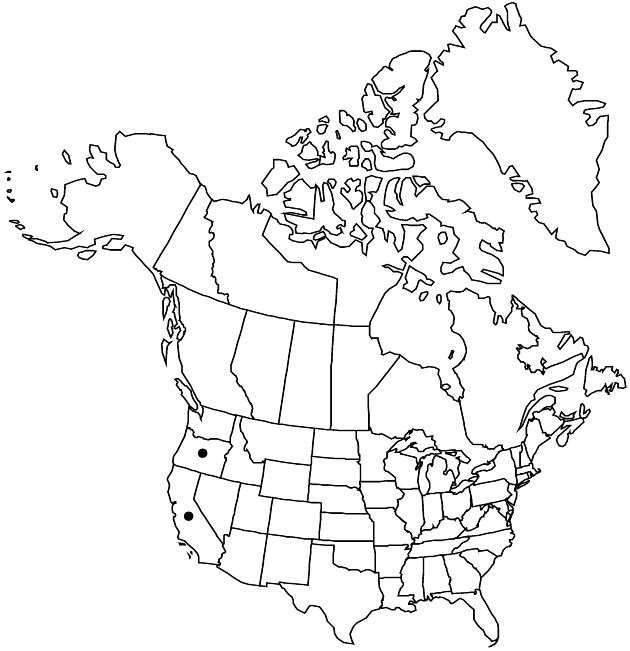Balsamorhiza lanata
Phytologia 85: 20. 1999.
Plants 10–20 (–30) cm. Basal leaves: blades white to grayish, lanceolate to linear-oblong, 10–20 × 3–6 (–8) cm (1–2-pinnatifid, primary lobes lance-linear to oblong, mostly 5–40 × 1–10 mm, secondary lobes or teeth antrorse, divergent), bases cuneate to truncate, ultimate margins mostly entire (± revolute), apices rounded to acute, faces densely lanate-tomentose to villous. Heads borne singly. Involucres ± hemispheric, 12–20 mm diam. Outer phyllaries lanceolate to linear, 10–20 mm, sometimes surpassing inner, apices acute to attenuate. Ray laminae (10–) 15–20 mm (abaxially puberulent or glabrous).
Phenology: Flowering Apr–May(–Jun).
Habitat: Roadsides, grassy slopes
Elevation: 700–1500 m
Discussion
Of conservation concern.
Balsamorhiza lanata is known from a relatively restricted area in northern California and southern Oregon. No hybrids between it and other species have been noted.
Selected References
None.
Lower Taxa
"broader" is not a number.
